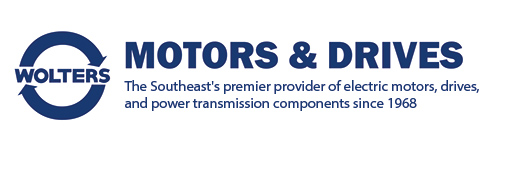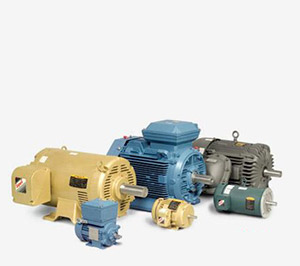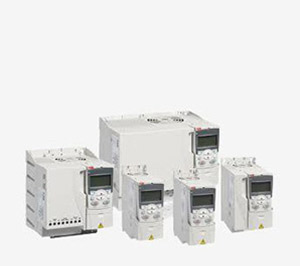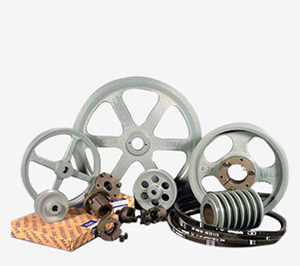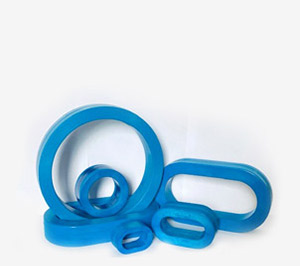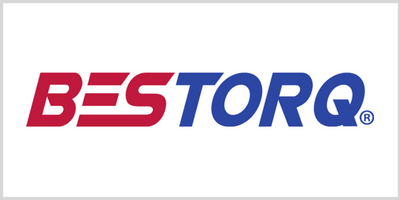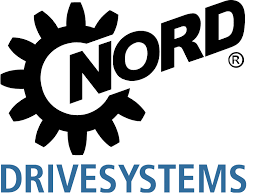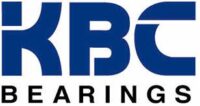Wolters has the experience to help you quickly identify and procure the right motor for your application.

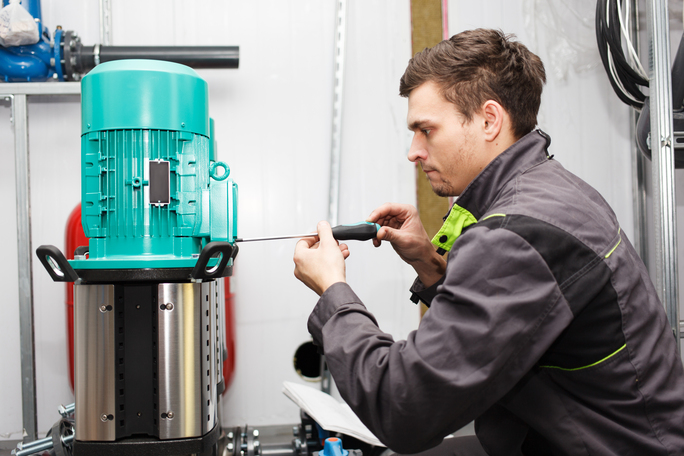
Why Choose Wolters Motors & Drives as your Electric Motor Distributor?
For over 55 years, Wolters Motors and Drives has provided a one-stop solution for electric pump motors, variable speed drives, bearings, gearboxes, power transmission components, inverter duty motors, farm duty motors, and accessories.
We can assure that you get the right motor package for your particular application. Our sales engineers have over 60 years of combined experience in meeting the requirements of our industrial customers, motor shops, OEMs, and government buyers. We offer motors and controls for all industrial and process applications. Our strong relationship and sales volumes with our top tier suppliers allow us to provide you great pricing along with the high level of customer service customers have come to rely on.
Latest Posts
Wolters Motors & Drives Frequently Asked Questions
Understanding your application and needs are critical, to ensure you purchase a motor that will perform to specifications. The most important criteria to focus on are:
- Velocity / RPM
- Torque
- Voltage and current requirements
- Duty rating
- Explosion-proofing, if needed
Industrial applications typically rely on alternating current (AC) motors, utilizing three-phase power. These are divided into two types, synchronous and induction.
Synchronous motors, the most common, are designed so that the motor and the stator spin at the same speed. In induction motors (also called asynchronous motors), the motor speed is less than the synchronized speed, allowing them to have higher torque for high-power applications.
Direct Current (DC) motors offer better speed control and reliability, making them ideal for applications that require constant low-speed torque or precise speed settings. DC motors are also typically simpler in design than AC motors, making them lower maintenance, as well as being cheaper and easier to implement. However, they are typically less robust than AC motors and often have shorter lifespans.
Alternating Current (AC) motors are better suited for high-speed applications and those requiring variable torque, as well as situations where precise speed control isn’t needed. They are typically more powerful than DC motors but at a higher cost. AC motors are also easier to convert into variable-frequency drives (VFDs), which offer more control over speed and energy consumption.
Motor efficiency is largely a factor of its electrical efficiency, so the most critical factors are:
- Maintaining voltage across terminals
- Resistance across those terminals
- Interactions of magnetic forces
Mechanical issues such as unnecessary friction or poorly-tooled parts can reduce motor efficiency as well.
There are several problems we commonly see:
- Low resistance: Numerous physical problems can reduce a motor’s electrical resistance, allowing short circuits, leakage, and potential motor failure.
- Overheating: This is often due to the operating environment having high temperatures with insufficient cooling but may also result from poor electrical systems.
- Electrical overloads: If the power supply is not reliable, overloads can easily damage a motor.
- Vibrations: When improperly maintained, mechanical issues in the motor can then lead to damage to the electrical systems via vibrations.
- Contamination: If a motor is operating in an environment with particulate contamination in the atmosphere, it must be proofed against these hazards.
NEMA (National Electrical Manufacturers Association) and IEC (International Electrotechnical Commission) are two standard-setting bodies representing the Americas and Europe, respectively. Each performs a similar job, setting standards and best practices that govern electrical motor manufacturing, but their standards are rarely the same.
ICE-certified motors make up approximately 70% of motors in worldwide use, making their standards the typical default, except for products intended solely for American distribution.
Explosion-proof motors are grouped by Division, the location in which a motor is used, and Class (the type of flammable materials the motor is proofed against).
- Division 1 covers locations that have a high risk of fire or explosion, even in normal operating conditions, such as environments with flammable gasses in regular use.
- Division 2 covers locations that are typically safe but may have ignition dangers in unusual circumstances. For example, a motor near a natural gas line only becomes a fire hazard if punctured.
- Class 1 covers situations where flammable gasses are present in the atmosphere.
- Class 2 covers flammable particulate matter in the atmosphere, such as flour dust at an industrial bakery.
- Class 3 covers larger flammable materials near the motor, such as wood shavings.
Always understand the local environment and potential fire threats before selecting an explosion-proof motor to match.
In some cases, yes, particularly if a DC motor has been retrofitted with a VFD driver. The process by which VFDs take incoming current and convert it into a controllable AC current often allows electricity to escape down the drive shaft, and into the bearing compartment. As typical bearings are conductive, this causes constant electrical arcs that create destructive pitting in the bearings and bearing compartments called bearing fluting.
Several potential solutions exist. However, in most cases, the cheapest and most effective option is the use of CoolBLUE inductive absorbers. These can be installed in minutes and absorb most escaped electricity before they can reach the bearings.
To protect your motor during washdowns, we recommend a motor with an IP rating of at least IP56. These use non-corrosive materials to protect the motor from water damage. Epoxy coating is common in lower-cost models but tends to flake off with use. Stainless Steel is more expensive, but more reliable, and often with much higher IP ratings.
YES. Consider the motor nameplate to be similar to the VIN in your automobile. It contains a wealth of critical information for identifying your motor and its requirements. You need the nameplate to order replacements, find the correct power source, install a functioning VFD, and much more. Always ensure the nameplate is protected and visible.
